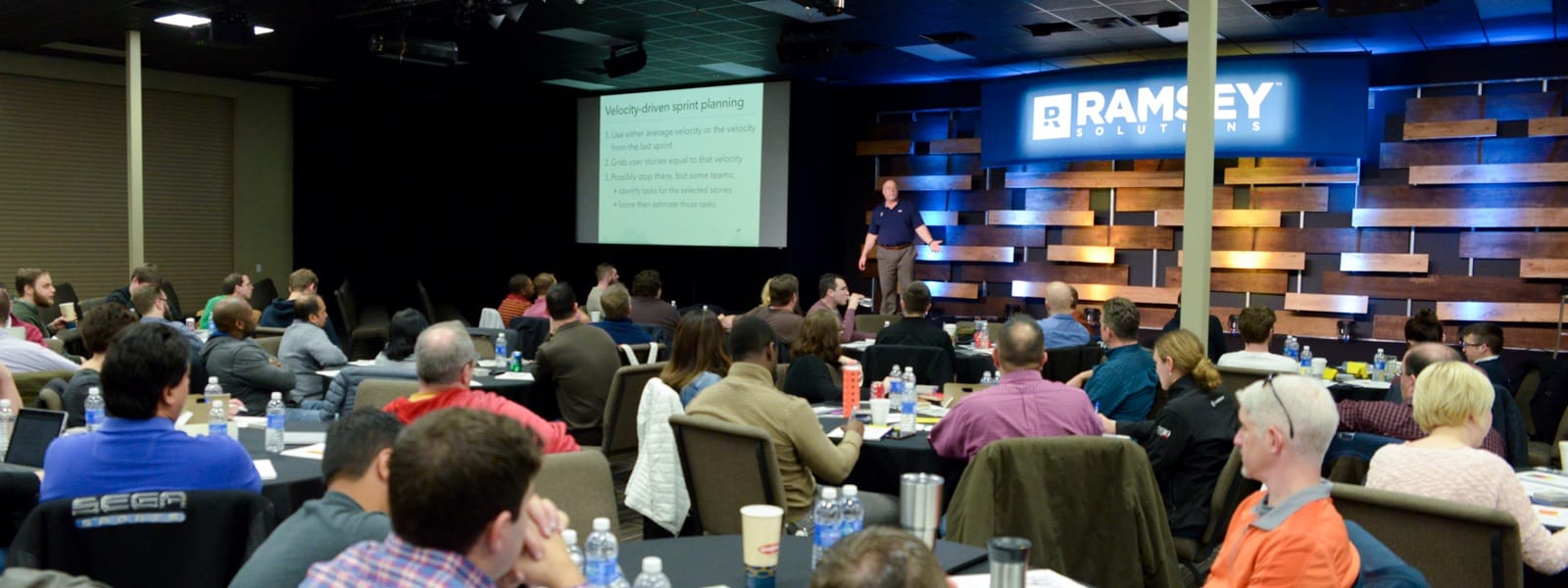Global Scrum Gathering Phoenix 2015
- May 4–6, 2015
- Talking Stick Resort
- Phoenix, AZ

Please join me at the Global Scrum Gathering 2015 in Phoenix where I'll be presenting a keynote talk.
Let Go of Knowing: How Holding onto Views May Be Holding You Back
You undoubtedly have a firmly held set of convictions about what is necessary to do agile well. These convictions have served you well—your teams have delivered better products more quickly and more economically than before they were agile. But could some of your firmly held convictions be holding you back? And have you ever wondered why some of your most agile friends are similarly firm in their own opinions—even ones that are the exact opposite of your own?
In this session, you’ll see ways that biases may be preventing you from questioning your assumptions, why being open to new views is hard but vital, and why beginners so often think they know it all. After this session, you will know how to discern the inviolate rules of Scrum from its merely good practices. You’ll know why you feel certain of some aspects of agile, less so about others. You’ll leave with the confidence to let go of knowing. And when we let go of knowing, we open ourselves to learning, which is the heart of agile.
2015 Mile High Agile
- Apr 3–4, 2015
- Hyatt Regency Denver at Colorado Convention Center
- Denver, CO
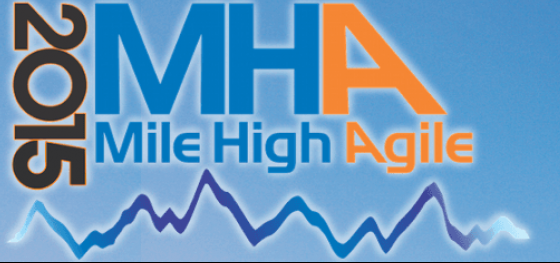
Let Go of Knowing: How Holding onto Views May Be Holding You Back
You undoubtedly have a firmly held set of convictions about what is necessary to do agile well. These convictions have served you well—your teams have delivered better products more quickly and more economically than before they were agile. But could some of your firmly held convictions be holding you back? And have you ever wondered why some of your most agile friends are similarly firm in their own opinions—even ones that are the exact opposite of your own?
In this session, you’ll see ways that biases may be preventing you from questioning your assumptions, why being open to new views is hard but vital, and why beginners so often think they know it all. After this session, you will know how to discern the inviolate rules of Scrum from its merely good practices. You’ll know why you feel certain of some aspects of agile, less so about others. You’ll leave with the confidence to let go of knowing. And when we let go of knowing, we open ourselves to learning, which is the heart of agile.
NDC Oslo 2014
- Jun 2–6, 2014
- NDC Oslo 2014
- Oslo, Norway
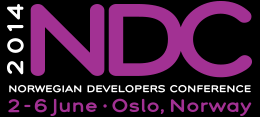
During NDC Oslo 2014 Mike Cohn will be presenting on the following topics:
Getting Agile with Scrum
Scrum is one of the leading agile software development processes. Over 12,000 project managers have become certified to run Scrum projects . Since its origin on Japanese new product development projects in the 1980s, Scrum has become recognized as one of the best project management frameworks for handling rapidly changing or evolving projects. Especially useful on projects with lots of technology or requirements uncertainty, Scrum is a proven, scalable agile process for managing software projects.
Through lecture, discussion and exercises, this fast-paced tutorial covers the basics of what you need to know to get started with Scrum. You will learn about all key aspects of Scrum including product and sprint backlog, the sprint planning meeting, the sprint review, conducting a sprint retrospective, activities that occur during sprints, measuring and monitoring progress, and scaling Scrum to work with large and distributed teams. Also covered are the roles and responsibilities of the ScrumMaster, the product owner, and the Scrum team.
This session will be equally suited for managers, programmers, testers, product managers and anyone else interested in improving product delivery.
User Stories for Agile Requirements
The technique of expressing requirements as user stories is one of the most broadly applicable techniques introduced by the agile processes. User stories are an effective approach on all time constrained projects and are a great way to begin introducing a bit of agility to your projects. In this session, we will look at how to identify and write good user stories. The class will describe the six attributes that good stories should exhibit and present thirteen guidelines for writing better stories. We will explore how user role modeling can help when gathering a project’s initial stories. Because requirements touch all job functions on a development project, this tutorial will be equally suited for analysts, customers, testers, programmers, managers, or anyone involved in a software development project. By the end of this tutorial, you will leave knowing the six attributes of a good story, learn a good format for writing most user stories, learn practical techniques for gathering user stories, know how much work to do up-front and how much to do just-in-time.
Agile Estimating
The first step in creating a useful plan is the ability to estimate reliably. In this session we will discuss how to do this. We will look at various approaches to estimating including unit-less points and ideal time. The class will present four specific techniques for deriving reliable estimates, including how to use the popular Planning Poker® technique and other techniques that dramatically improve a project's chances of on-time completion.
Advanced Topics in Agile Planning
Velocity is perhaps the most useful metric available to agile teams. In this session we will look at advanced uses of velocity for planning under special but common circumstances. We will see how to forecast velocity in the complete absence of any historical data. We will look at how a new team can forecast velocity by looking at other teams. We will see how to predict the velocity of a team that will grow or shrink in size. Most importantly we will look at the use of confidence intervals to create plans we can be 90% confident in, even on fixed-price or fixed-date contracts.
Leading a Self-Organizing Team
One of the challenges of agile development is coming to grips with the role of leaders and managers of self-organizing teams. Many would-be ScrumMasters and agile coaches go to the extreme of refusing to exert any influence on their teams at all. Others retain too much of their prior command-and-control management styles and fail to unleash the creativity and productivity of a self-organizing team.
Leading a self-organizing team can be a fine line. In this session you will learn the proper ways to influence the path taken by a team to solving the problems given to it. You will learn how to become comfortable in this role. You’ll understand why influencing a self-organizing team is neither sneaky nor inappropriate but is necessary.
Drawing on analogies from fields such as evolutionary biology and the study of complex adaptive systems, the instructor will describe three factors necessary for self-organization to occur and then provide seven tools for guiding the direction taken by the team as they self-organize.
Visit Event Website
NDC London 2013
- Aug 13–Dec 6, 2013
- NDC London 2013
- London, United Kingdom
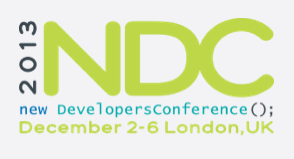
During NDC London 2013 Mike Cohn will be presenting on the following topics:
Getting Agile with Scrum
Scrum is one of the leading agile software development processes. Over 12,000 project managers have become certified to run Scrum projects . Since its origin on Japanese new product development projects in the 1980s, Scrum has become recognized as one of the best project management frameworks for handling rapidly changing or evolving projects. Especially useful on projects with lots of technology or requirements uncertainty, Scrum is a proven, scalable agile process for managing software projects.
Through lecture, discussion and exercises, this fast-paced tutorial covers the basics of what you need to know to get started with Scrum. You will learn about all key aspects of Scrum including product and sprint backlog, the sprint planning meeting, the sprint review, conducting a sprint retrospective, activities that occur during sprints, measuring and monitoring progress, and scaling Scrum to work with large and distributed teams. Also covered are the roles and responsibilities of the ScrumMaster, the product owner, and the Scrum team.
This session will be equally suited for managers, programmers, testers, product managers and anyone else interested in improving product delivery.
User Stories for Agile Requirements
The technique of expressing requirements as user stories is one of the most broadly applicable techniques introduced by the agile processes. User stories are an effective approach on all time constrained projects and are a great way to begin introducing a bit of agility to your projects.
In this session, we will look at how to identify and write good user stories. The class will describe the six attributes that good stories should exhibit and present thirteen guidelines for writing better stories. We will explore how user role modeling can help when gathering a project’s initial stories.
Because requirements touch all job functions on a development project, this tutorial will be equally suited for analysts, customers, testers, programmers, managers, or anyone involved in a software development project. By the end of this tutorial, you will leave knowing the six attributes of a good story, learn a good format for writing most user stories, learn practical techniques for gathering user stories, know how much work to do up-front and how much to do just-in-time.
Agile Estimating
The first step in creating a useful plan is the ability to estimate reliably. In this session we will discuss how to do this. We will look at various approaches to estimating including unit-less points and ideal time. The class will present four specific techniques for deriving reliable estimates, including how to use the popular Planning Poker® technique and other techniques that dramatically improve a project's chances of on-time completion.
Advanced Topics in Agile Planning
Velocity is perhaps the most useful metric available to agile teams. In this session we will look at advanced uses of velocity for planning under special but common circumstances. We will see how to forecast velocity in the complete absence of any historical data. We will look at how a new team can forecast velocity by looking at other teams. We will see how to predict the velocity of a team that will grow or shrink in size. Most importantly we will look at the use of confidence intervals to create plans we can be 90% confident in, even on fixed-price or fixed-date contracts.
Scaling Agile to Work with a Distributed Team
The early agile literature was adamant about two things: stick with small teams and put everyone in one room. However, in the years since the Agile Manifesto, the increasing popularity of agile and the dramatic improvements it brings has pushed it onto larger and larger projects. Additionally, having an entire team--especially on a large project--in one room, or even one building is a luxury no longer enjoyed by many projects.
In this presentation, we will look at how agile can be scaled to work on any multi-team project. Even a project with two teams will benefit from learning how to proactively manage interteam dependencies, conduct iteration planning for multiple teams, cultivate communities of practice, and coordinating work. Because so many projects are spread across multiple sites we will also look at overcoming the unique challenges facing distributed teams. We will look at deciding how to distribute a team, how to create coherence among team members, the importance of getting together and when are the most important times to use the travel budget, changes to what the team documents, and how to handle meetings when spread across timezones. Whether your project is spread across two locations in the same city or spread around the globe, you will leave with practical advice to try tomorrow.
Visit Event Website
Agile Planning & Project Management
- Aug 5, 2013
- Agile 2013
- Nashville, TN
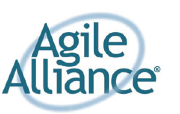
In this session we will shatter the myth that agile teams can't plan. We'll start by looking at the benefits of the short cycles of iterative and incremental development. We'll then look at the six different levels of planning that occur in agile organizations. We'll see what user stories are and why they've become the preferred approach to planning and managing the work of an agile team. We'll look at how user stories are estimated with the popular Planning Poker technique.
To do that we'll discuss the merits of relative estimating and abstract approaches such as story points and what a point really means. With an initial plan created, we'll look at how agile teams use the concept of velocity to measure and predict progress. We'll also look at information radiators such as task boards and burndown charts. We'll conclude by looking at how these concepts can be applied to complex situations such as fixed-date and fixed-scope projects.
Visit Event Website


